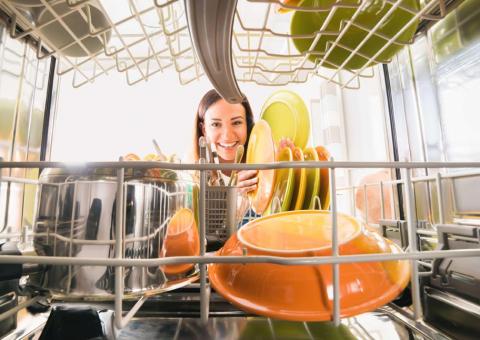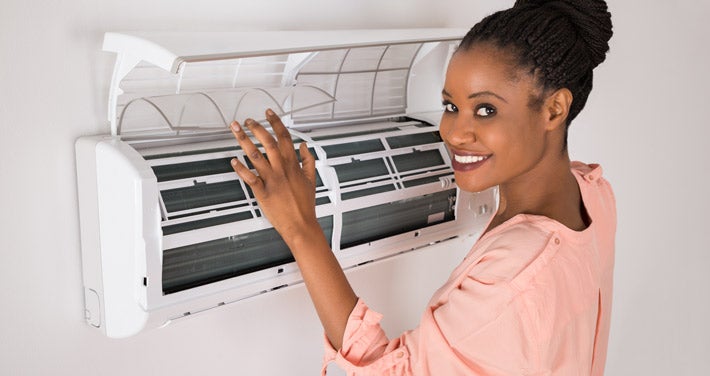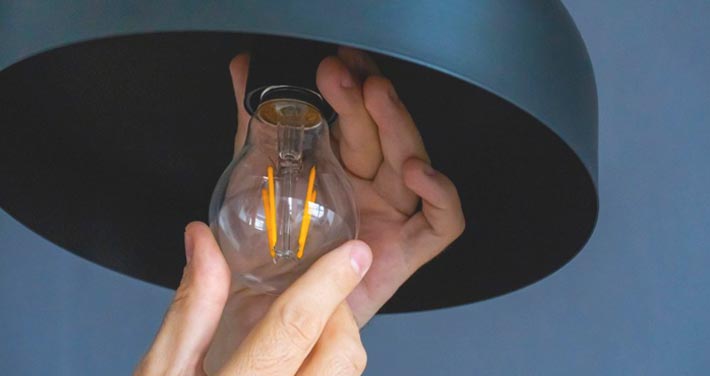Energy efficient improvements can yield long-term cost savings and increase the value of your home. In this four-part series, we’ll explore ways to save on heating and cooling, appliances, insulation and weatherization, and lighting. You’ll be surprised how simple it is to reduce your home's energy use by making small changes to your daily routines. In this part, we’ll take a look at appliances.
Saving energy when using appliances is about more than just what you use, but how and when you use them. Keeping your appliances clean and in good working order is one way to help them operate more efficiently – read on for additional ways to save.
Almost 90 percent of the energy consumed by your washing machine is used to heat the water. Lowering the temperature from “hot” to “warm” can cut energy use by half.
Choosing Appliances
- Replace and recycle old appliances when the time comes. Units that are 10 years old can use twice the energy of a new EnergyStar-certified model. Click here to view available rebates for the purchase of newer appliances or recycling programs to encourage their proper disposal.
- When purchasing a new appliance, buy an EnergyStar-certified model with the lowest energy use rating for the size and style you need. Look for the bright yellow EnergyGuide labels typically found on new appliances.
- Size it right! Refrigerators and freezers are most efficient when they’re at least two-thirds full, so bigger isn’t necessarily better.
Appliance Settings
- Set your refrigerator between 36 and 40 degrees Fahrenheit, and the freezer between 0 and 5 degrees. Check that the energy saver switch is in the “on” position, and defrost refrigerators and freezers before ice buildup becomes 1/4-inch thick.
- Use the shortest dishwasher cycle that will get your dishes clean, and try to wash only full loads. If operating instructions allow, turn off the dishwasher before the drying cycle, open the door, and let the dishes air dry.
Maintenance and Usage
- Avoid running your dishwasher during the peak usage hours of 4 p.m. to 6 p.m. Not only will this reduce the strain on the power grid, but you might even pay a lower rate for the electricity you do use if you are enrolled in a time-of-use energy rate. Learn more about Unitil's Time-of-Use options.
- Do only full loads when using your clothes washer and dryer – the machines use the same amount of water and energy whether they’re full or not.
- Be sure to clean your clothes dryer's lint trap after each use.
- On sunny days, hang your clothes out to dry.
- Run cold water when using a garbage disposal. Hot water not only wastes energy but also melts fat, which can clog the drain when it cools and hardens.
- Small electric appliances, such as toaster ovens and crockpots, use less energy than their full-sized counterparts, and microwaves use 30 to 80 percent less energy than a standard oven.
- Hand washing your dishes actually wastes water, and heating that water uses twice as much energy as an EnergyStar-certified dishwasher.





